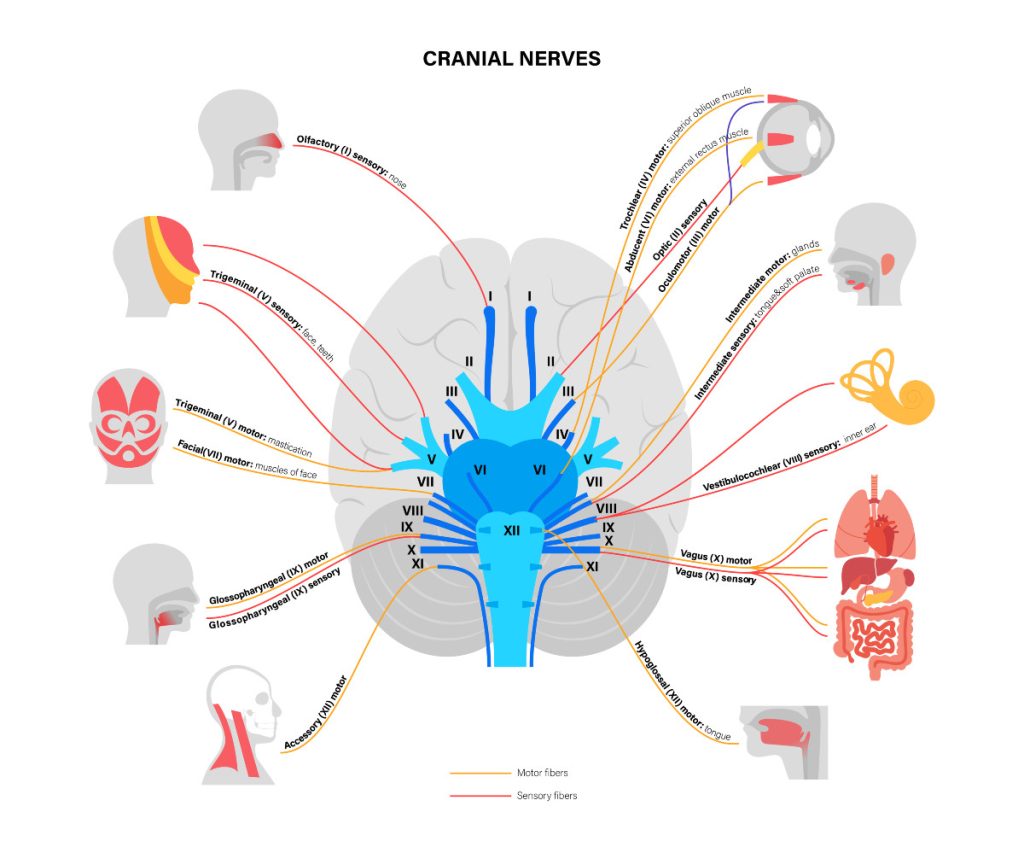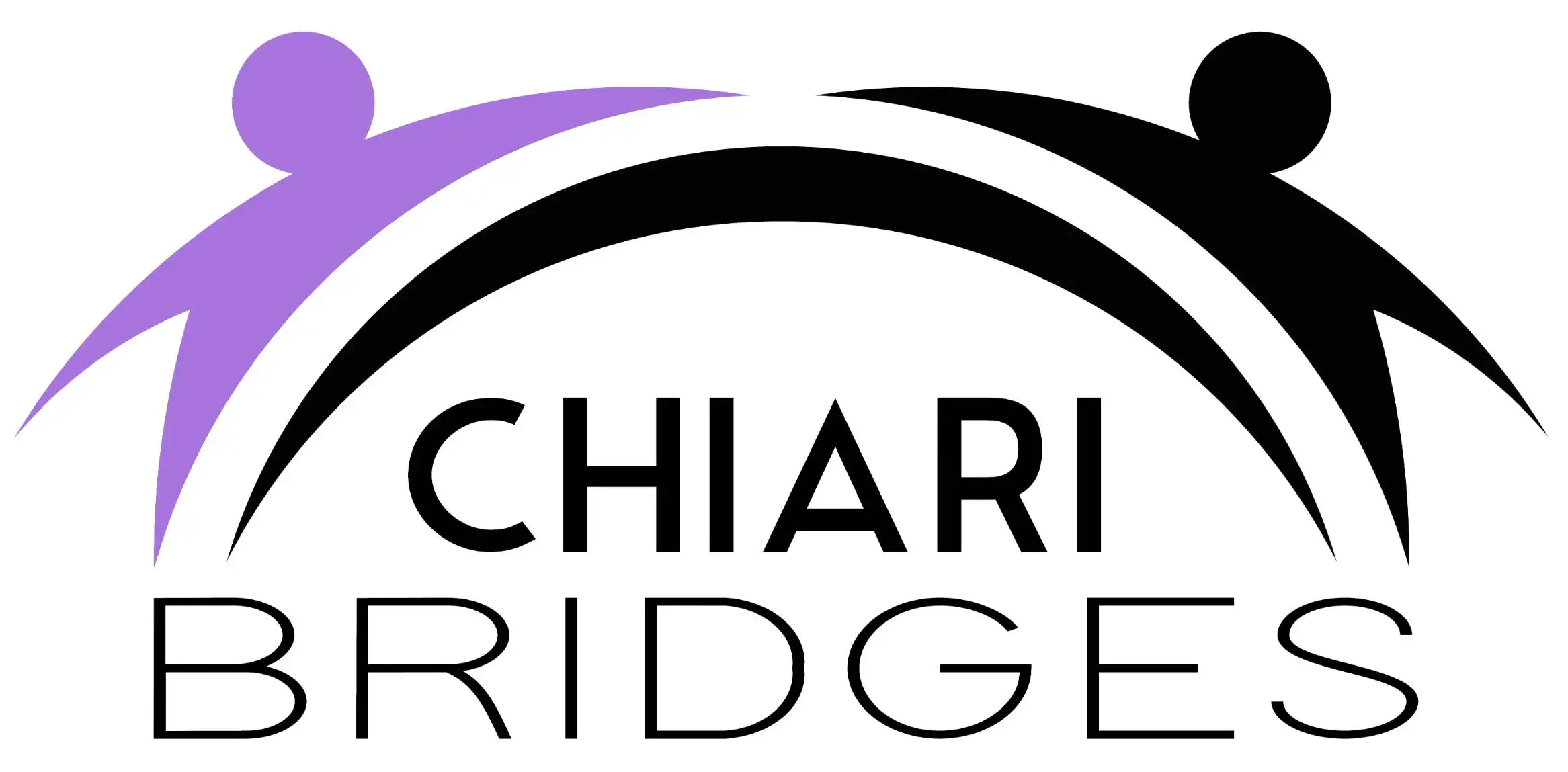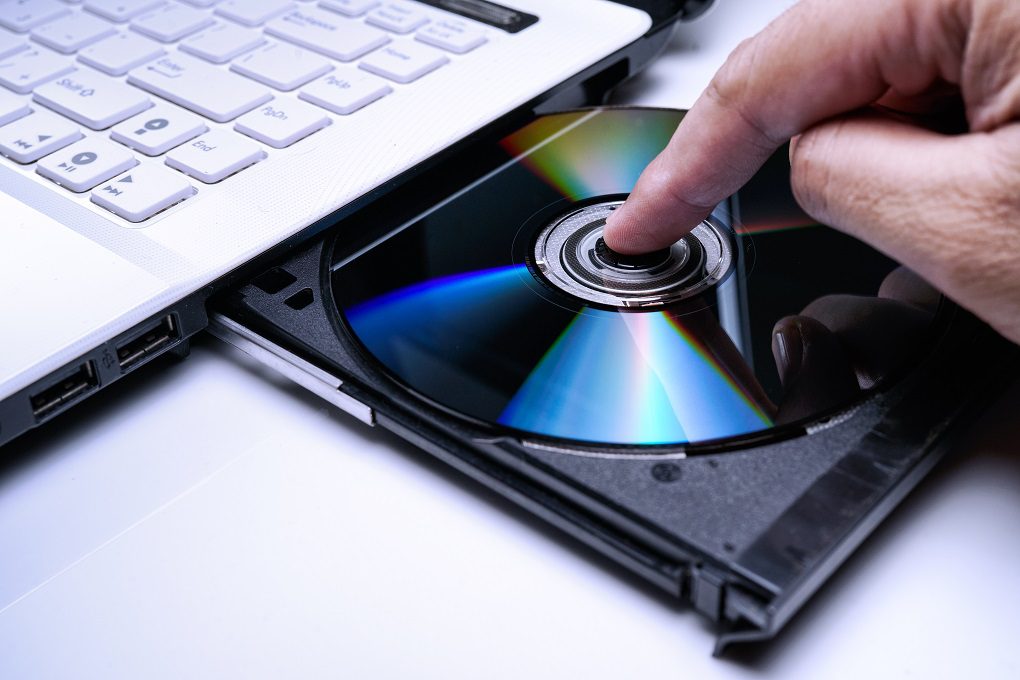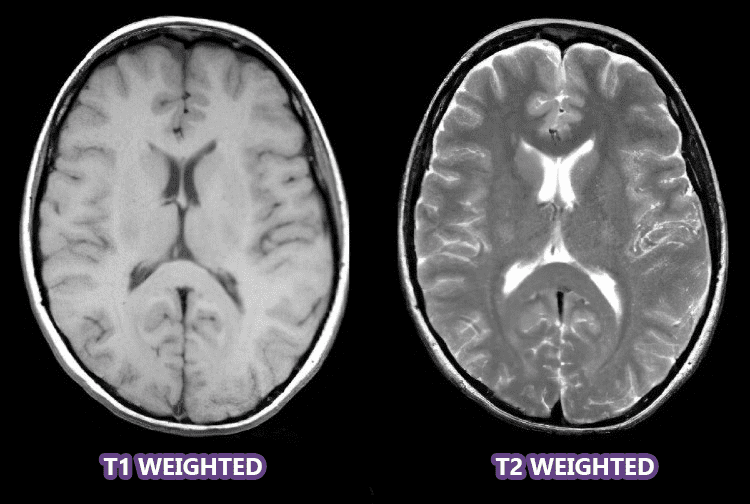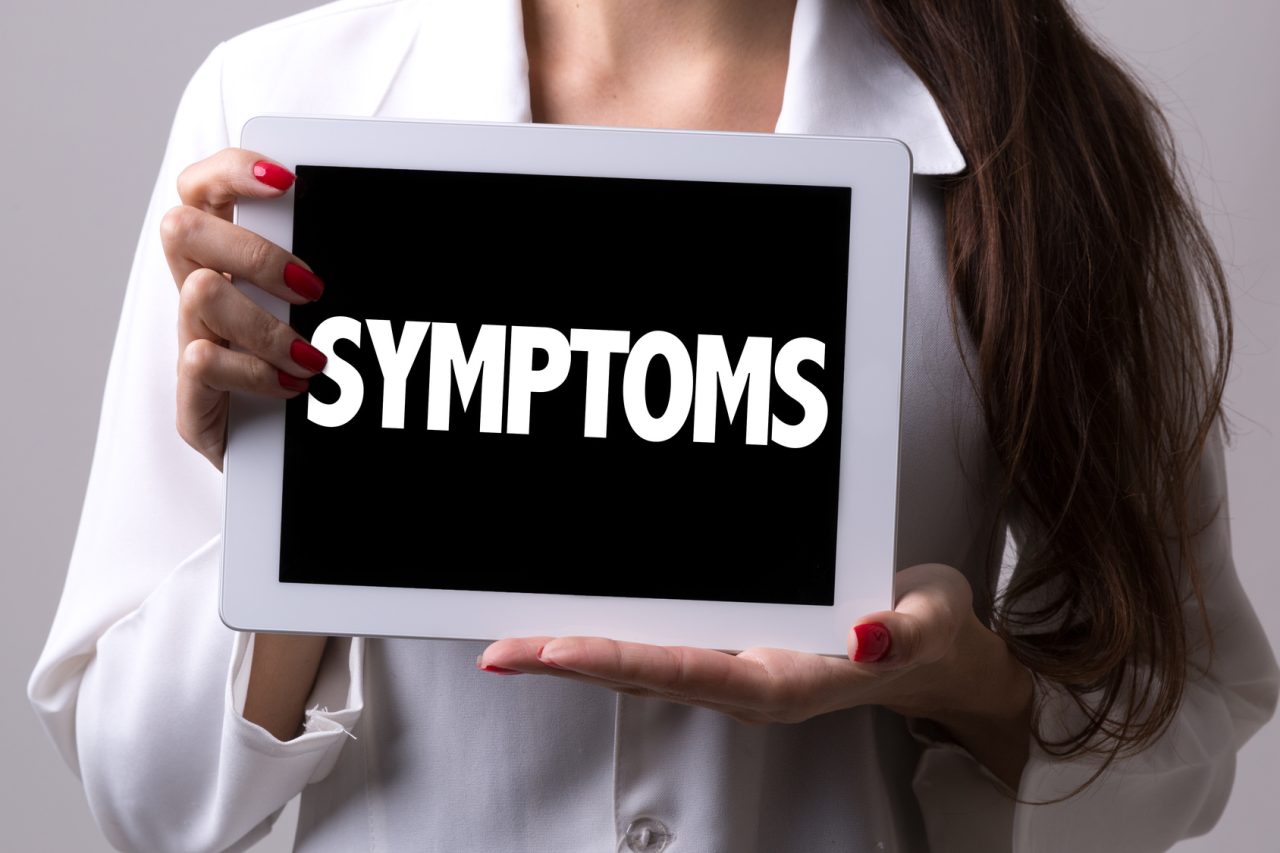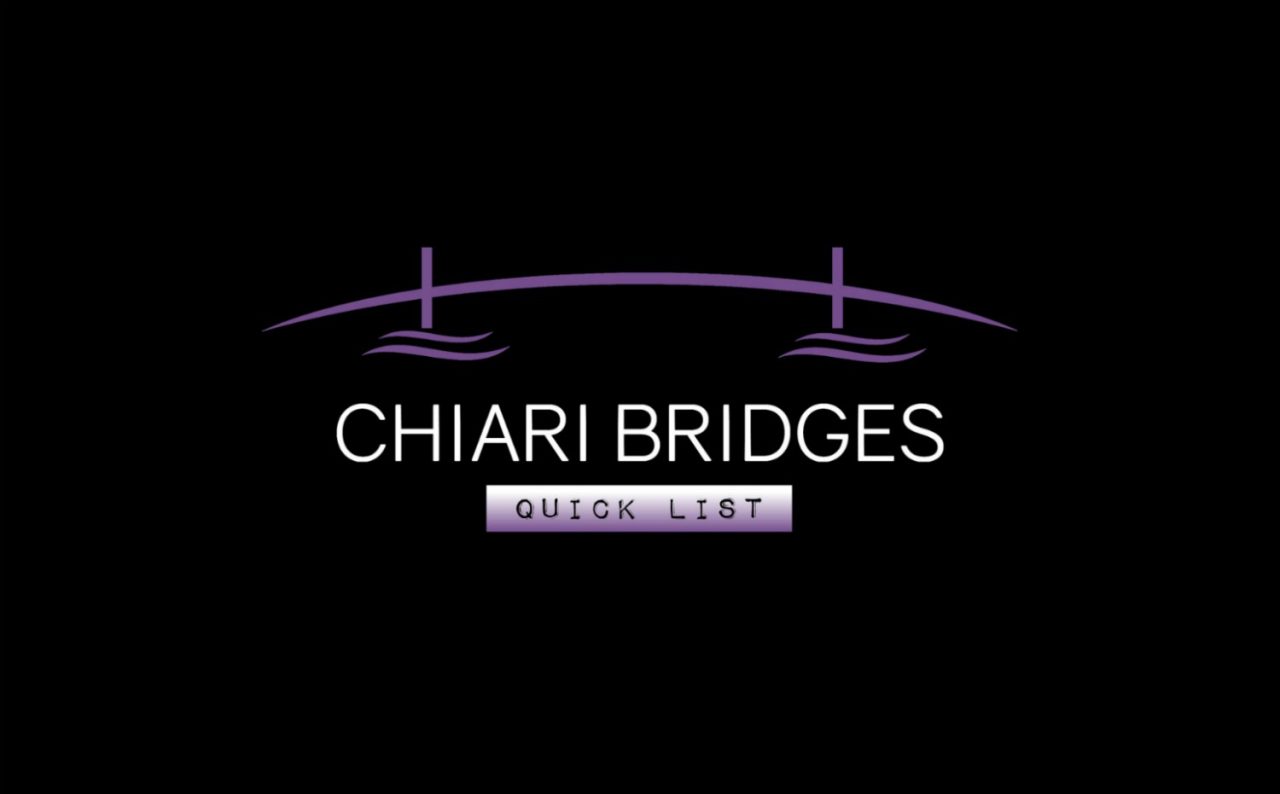If you decide to post your MRIs for Nonprofessional Opinions (NPOs) at WTF, please make sure that your post/images adhere to the following guidelines. Requests that do not meet our guidelines will be removed by an admin.
PLEASE MAINTAIN 100% PRIVACY TOWARDS THOSE TRYING TO HELP YOU OR SOMEONE ELSE.
We have very strict privacy rules in this group. All images and comments given should be kept in the group or used privately by the owner of the image. Some members that give NPOs are okay with their input being shared, but it is the responsibility of the owner of the image to get permission from the person giving the NPOs before sharing them and all names should be edited out of all screenshots. Violating this rule will most likely result in an IMMEDIATELY removed/blocked from the group/site.
IMAGES SHARED MUST BE YOURS OR BELONG TO SOMEONE IN YOUR IMMEDIATE FAMILY.
Members are not allowed to share the images of their friends outside of this group. Violating this rule will be considered a breach of our privacy rules and will result in the member being IMMEDIATELY removed/blocked from the group/site.
WE DO NOT ALLOW PHOTOGRAPHS OF MRIs.
Photographs of images often contain glares, slants, and other problems that can compromise the image. We want you to get the best information possible here and we don’t want people going on a wild goose chase because the images were compromised in the first place. That will only make your doctors further disregard what you bring up to them.
IN GENERAL, WE PRIMARILY PREFER SAGITTAL VIEWS:
- Sagittal views are slices taken from one side to the other, viewing it from the left perspective. While sagittal is our preference, other views can be helpful as well:
- Coronal views for instance are slices taken from the front to the back (so the left is really the right and vice-versa) and if you find the right slice, it can show if one cerebellar tonsil is lower than the other (it is also better for showing scoliosis).
- Axial views are slices from the top to the bottom, so they can be instrumental in finding leaks (especially when contrast was used), but since a leak can be cranial or spinal and can happen anywhere along the way, you have to go through them closely one slice at a time.
ALL IMAGES MUST BE PROPER MIDSLICES:
When we talk about midslices, we’re NOT talking about the middle slice on the disk (although it is often close to that), we’re talking about the image showing the middle section of your head/neck/spine.
What you need to look for:
- A midslice of the brain (example) should clearly show an unobstructed view of three bones: the clivus, the occipital bone, and the odontoid process.
- A midslice of the cervical spine (example) should show the same three bones, but they will be slightly higher on the image.
- A midslice of the thoracic spine (example) should show the vertebrae and full spinal cord. When scoliosis is present, you will see the spinal cord clearly at one point and then almost disappear (and sometimes you will see it come back into clear view – depending on the location of the curves of the scoliosis).
- The spinal cord does not go as low as the vertebrae in the spinal column. The point in which it ends is called the conus medullaris and from there what continues down into the lumbar region is called the filum terminale. A midslice of the lumbar spine (example) should show the point where the spinal cord ends (conus medullaris) and the filum terminale begins.
*We do make one exception to images being midslice and that is if there is the presence of a mass (cyst/tumor) or lesion (any of which can be anywhere in the brain and may not be visible in the midslice). If that is the only image given, that is the only thing that we will be commenting on (we will not pretend that it is a midslice and comment on it as though it was).
T2 WEIGHTED IS PREFERRED, BUT T1 IS PERMITTED AS WELL:
- On a T1 weighted image, the cerebrospinal fluid (CSF) is dark gray or black.
- On a T2 weighted image, the cerebrospinal fluid (CSF) is light gray or white. Having the CSF show up as white creates a better contrast that makes it easier to see certain things (such as intervertebral disc issues).
Image Size:
Small images make it hard for us to see what we’re looking for and even harder for us to try and mark what we see. Therefore, all images submitted should be cropped into a minimum of 500-800px. To accomplish this, please open the images full screen on your PC and either save them to size or use your snipping tool to snip them while they are large. Please DO NOT simply enlarge the picture as it reduces resolution that can compromise what can be seen.
NPO Markup with the Admin Think Tank:
The Nonprofessional Opinion (NPO) Request Form is required for all markup requests with the Admin Think Tank (no exceptions). Once you’ve submitted the form, you will be added to the waiting list (which is in our Facebook group), and an admin will contact as your name gets close to the top of the list.

